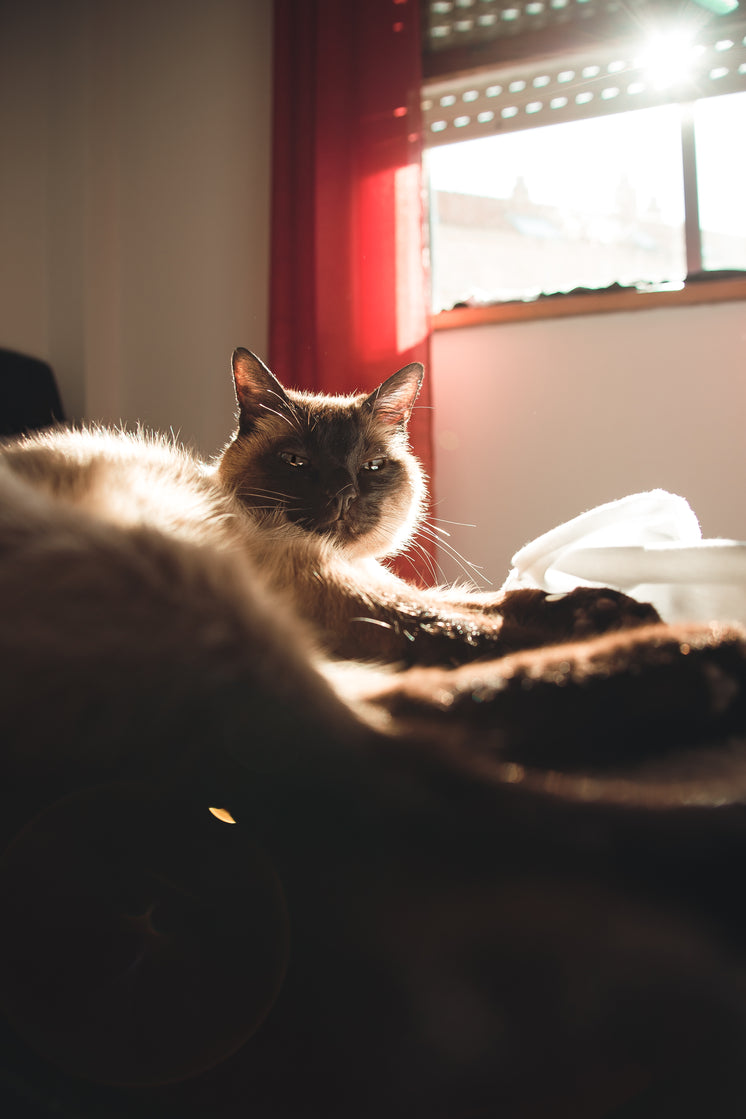DIY Cat Litter: Homemade Alternatives and Recipes
DIY Cat Litter: Homemade Alternatives and Recipes
Blog Article

Cat litter and litter boxes play an essential role in the lives of both cats and their owners. From the simple starts of sand and soil to the ingenious advancements of today, the world of cat litter has progressed substantially. In this comprehensive guide, we explore every aspect of cat litter and litter boxes, exploring their history, types, benefits, challenges, and everything in between.
The history of cat litter dates back centuries, with ancient civilizations using sand, soil, and even ashes as primitive litter materials. However, it wasn't until the mid-20th century that modern cat litter as we know it emerged. In 1947, Edward copyright introduced the world's first commercial cat litter made from absorbent clay, transforming the method felines relieved themselves inside your home. Ever since, cat litter has actually gone through various changes, with the intro of clumping litter, silica gel litter, naturally degradable choices, and more.
Today, cat owners are spoiled for choice when it comes to picking the ideal litter for their feline buddies. Standard clay litter stays popular for its cost and effectiveness in absorbing smells. Clumping litter, which forms strong clumps when wet, streamlines cleaning and maintenance. Silica gel litter, composed of extremely absorbent silica crystals, provides exceptional odor control and longevity. Eco-friendly alternatives, such as recycled paper, wood pellets, corn, and wheat, attract environmentally conscious customers.
Each kind of cat litter provides unique advantages. Clay litter masters its capability to take in moisture and control smells, making it a trustworthy choice for many feline owners. Clumping litter streamlines everyday scooping and extends the time between total litter changes. Silica gel litter provides extraordinary smell control and can last longer between replacements. Eco-friendly litters use a sustainable alternative that decreases environmental impact.
While cat litter boosts indoor feline hygiene, it is not without its challenges. Dust from clay litter can position respiratory threats for both cats and people, prompting cat litter robot the appeal of dust-free alternatives. Some felines may establish litter box hostility due to problems with texture, scent, or tidiness, requiring experimentation with various litters and box configurations. Multi-cat families may need strategic litter box positioning and frequent upkeep to prevent territorial disagreements and guarantee all felines have access to clean centers.
Choosing the appropriate litter box is vital for promoting positive litter box habits and total cat litter box feline well-being. Elements to think about include size, availability, and design choices. Covered litter boxes provide personal privacy and help include smells, however some cats might find them confining or daunting. Open-top litter boxes offer easy gain access to and visibility however might lead to more litter scatter. Automatic self-cleaning litter boxes simplify maintenance however need regular tracking and upkeep.
Appropriate litter box upkeep is crucial for guaranteeing a tidy and inviting environment for both felines and their owners. Daily scooping gets rid of waste quickly, decreasing odor and dissuading litter box aversion. Routine litter replacement, generally every 1-2 weeks, avoids bacterial accumulation and maintains ideal absorbency. Extensive cleansing with Tofu Cat Litter moderate cleaning agent and water, avoiding severe chemicals that may discourage felines from utilizing package, ought to be carried out monthly.
Cat litter and litter boxes play a central role in promoting a healthy and unified relationship in between cats and their human companions. With a diverse variety of litter alternatives and litter box designs available, cat owners have the versatility to customize their options to match their cats' preferences and household needs. By comprehending the advancement, types, advantages, and obstacles of cat litter and litter boxes, pet owners can provide their feline buddies with a comfy and sanitary indoor environment.